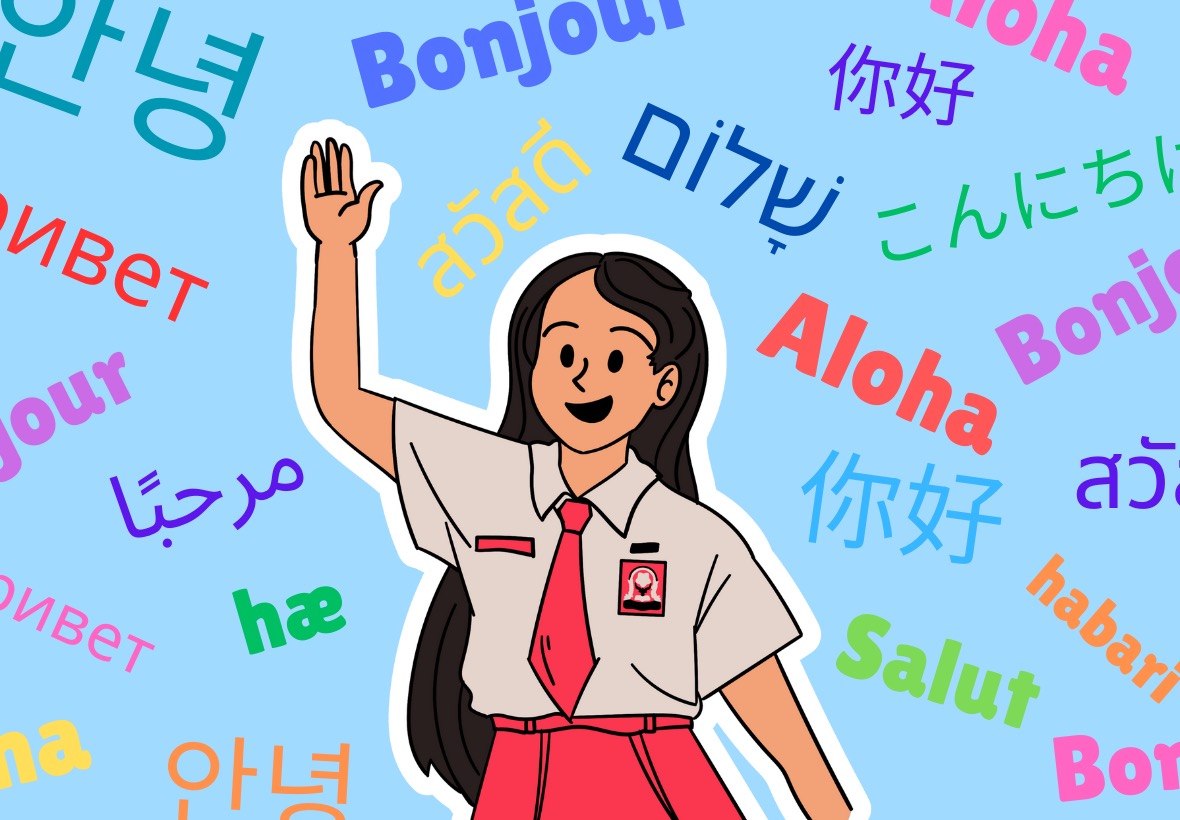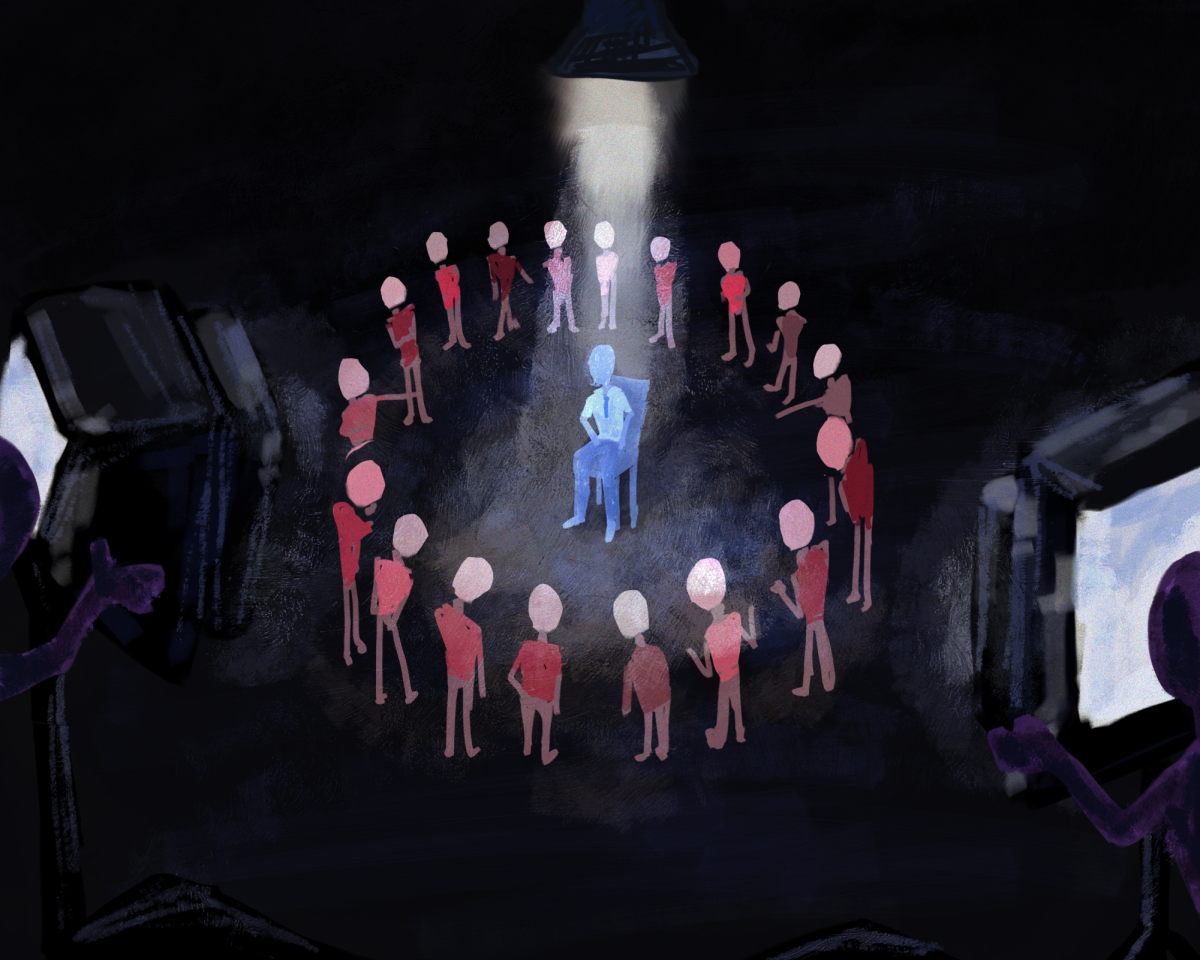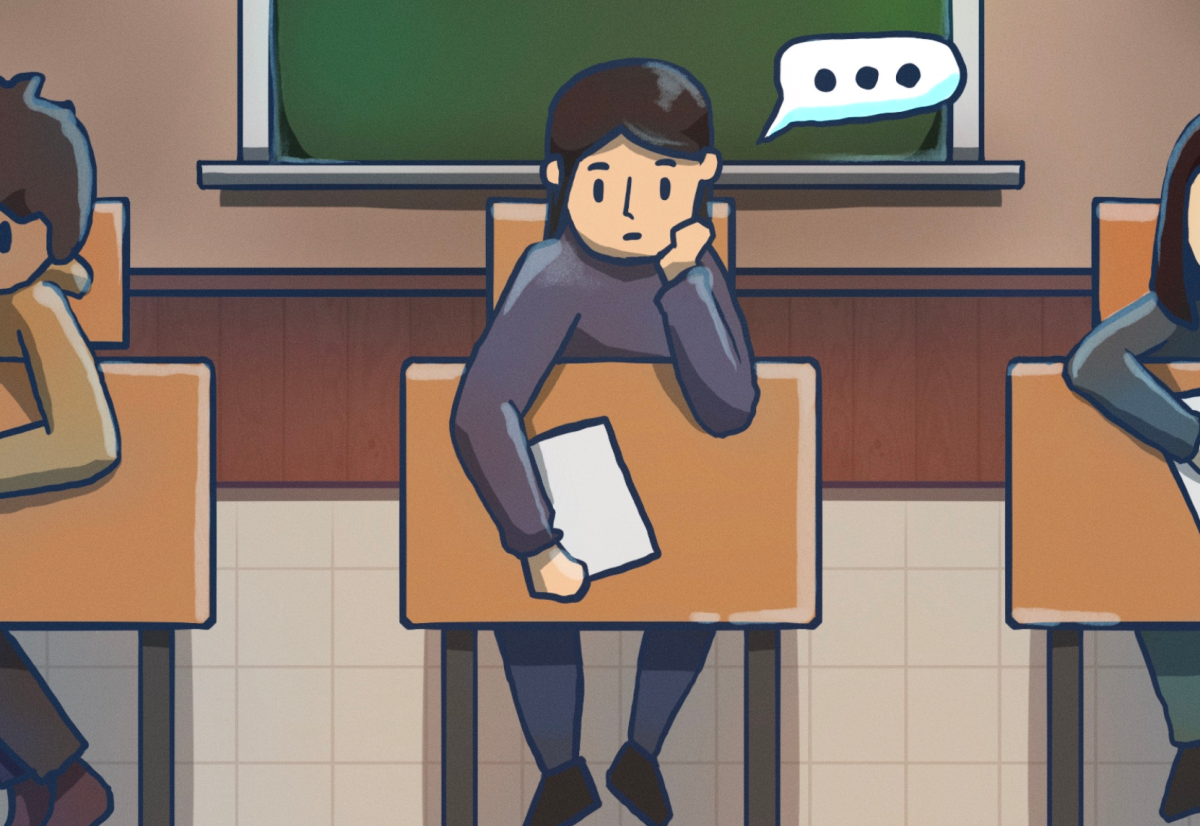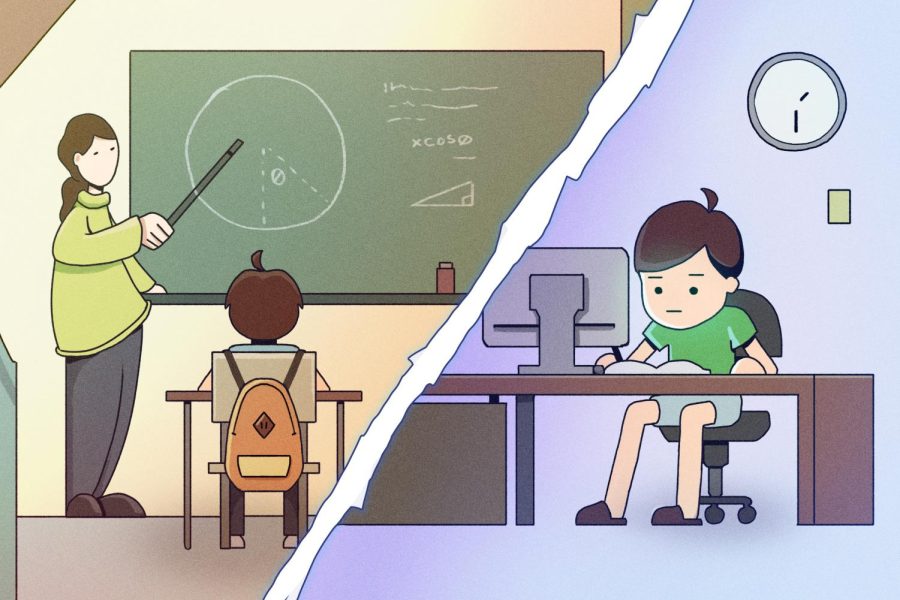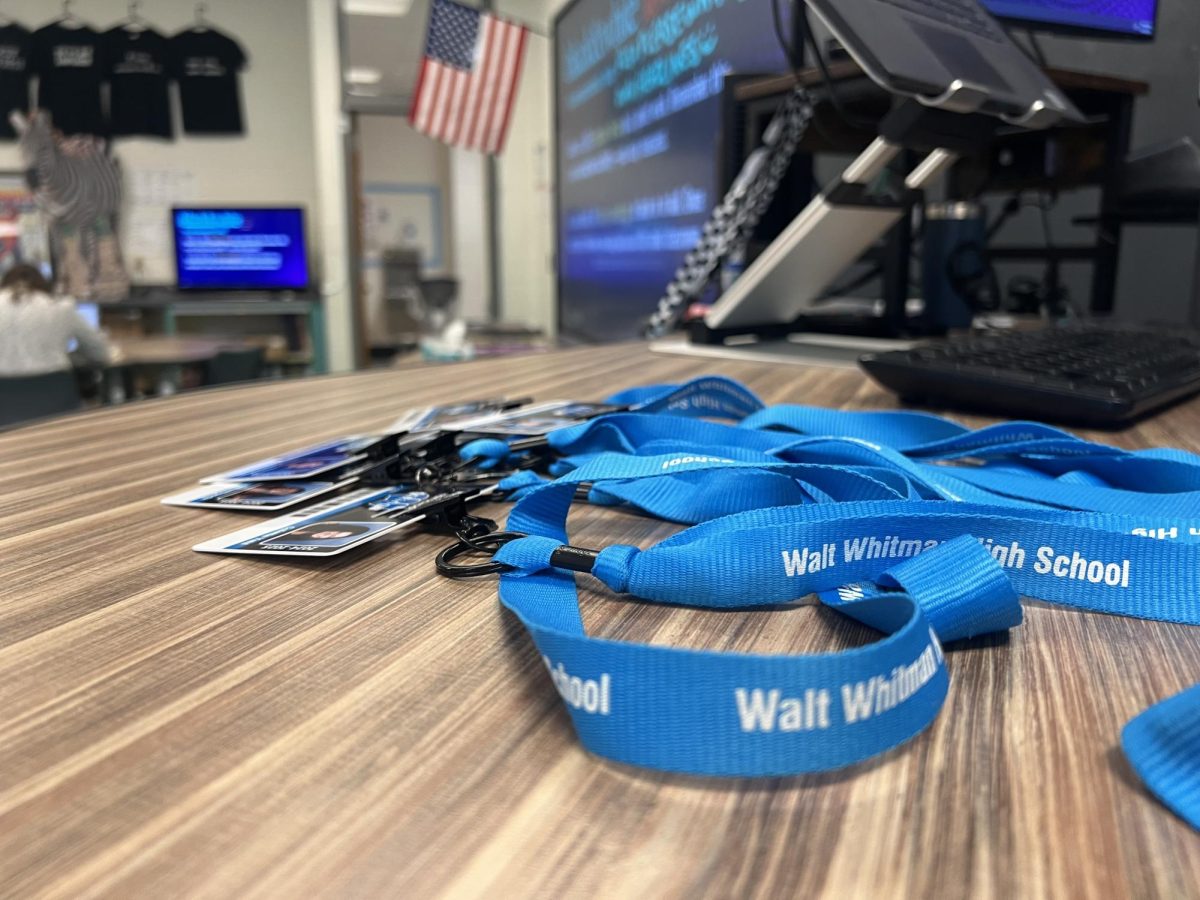World language classes often attempt to thread the needle between developing fluency and adhering to traditional high school class structure. However, the curriculum’s heavy focus on grades and exams excessively stresses students. Since this is an unavoidable reality of high school, MCPS should streamline world language education by starting instruction earlier to increase the effectiveness of high school language courses.
MCPS requires students to take two years of a world language in high school to graduate. While this requirement should remain in place, students need to become proficient and build on their literacy and speaking skills at an early age, which can be done through language development in elementary school.
The United Nations (UN) distinguishes between learning a language consciously and unconsciously. Young children tend to subconsciously learn language through passive listening and understanding. Adult language learners, on the other hand, tend to compare their first language to the one they’re learning, distorting their understanding of the new language’s grammatical and linguistic structures. The UN observed that children use newly learned words in daily conversation and intuitively apply the language’s rules.
In 2018, the National Institute of Health (NIH) found that while adults learning a second language often develop a forced accent and make many errors, children learning a second language are indistinguishable from native speakers.
Furthermore, knowing a second language improves memory, boosts self-esteem, opens up more job opportunities and cultivates other beneficial traits in bilingual individuals.
Sequential bilingualism is a technique where children first learn their primary language and later learn a second language before the critical period of brain development ends, around when puberty starts. This technique would work well in an elementary school class, as kids are still in their critical period and can easily absorb a new language.
While comparable to simultaneous bilingualism, when children learn two languages at the same time, sequential bilingualism may be more applicable in the United States where there is a significant population of non-English speaking households. As of 2023, 21% of school-age kids speak a language other than English at home, a number projected to increase. Elementary school students already know their first language, making simultaneous bilingualism impractical.
Spanish teacher Rebecca Zatz expressed her support for teaching world languages in elementary school, as she says it expands students’ mindsets.
“I think it’s a wonderful idea,” Zatz said. “Language learning broadens your worldview. The earlier the better, in my opinion.”
While high school language classes can be a good way to introduce students to a new culture, some argue that requiring a language course is a waste of time and that students have more important classes, making learning a new language seem unnecessarily time-consuming.
However, learning a second language earlier in life solves this problem. Students would get the opportunity to learn a language when their brains have a better chance of retaining it and can continue in advanced language classes while already knowing the basics.
Junior Logan Zindler, who currently takes Spanish 4, believes learning a language in elementary school would help lessen the additional struggles of high school academics.
“It’s more difficult in high school because of the pressure and the stress of the grades and exams,” said Zindler. “If you had started in elementary school, you would have more of a foundation.”
Out of those who take a language in high school, many find that the curriculum doesn’t help them become fluent. Sophomore Olivia Gannon, a fluent Spanish speaker in Spanish 5, expressed why she doesn’t think the curriculum reflects the language.
“The curriculum doesn’t make students come together and speak with one another to really grasp all of the aspects of the spirit of the language itself,” Gannon said. “They’re just very strict about how you say it…instead of really learning the language and having conversations.”
Some argue that teaching foreign languages in adolescence conflicts with education in math, science, art and learning to read and write in their first language due to a lack of time and brain capacity.
However, a study from Michigan State University found that children’s brains are at their most flexible and are in the best position to learn a second language, showing that there are no limitations to adolescent language learning. They also found that learning a second language was as easy for kids as learning to walk, proving this to be a common misconception.
Starting world language education in elementary school would free up time in high school, introduce students to a new culture earlier and open opportunities for the rest of their lives. Something so beneficial and monumentally easier at a young age shouldn’t be overlooked for the sake of ticking a checkbox for a high school requirement.



